We know that migraines, which are recurrent and sometimes debilitating headaches, have some genetic basis, but the link with our DNA isn’t entirely clear. Newly identified genetic variants could help in developing treatments.
By Chen Ly

We know that migraines, which are recurrent and sometimes debilitating headaches, have some genetic basis, but the link with our DNA isn’t entirely clear. Newly identified genetic variants could help in developing treatments.
By Chen Ly
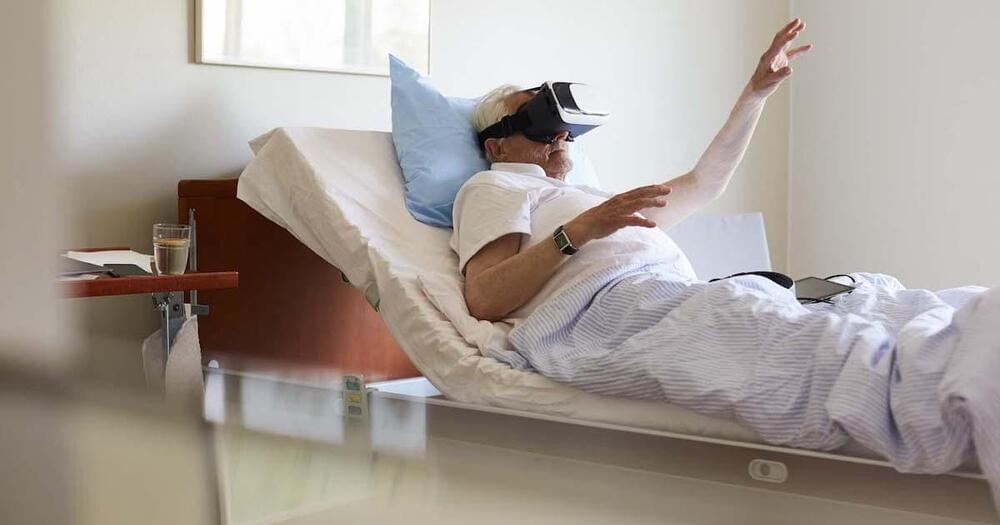
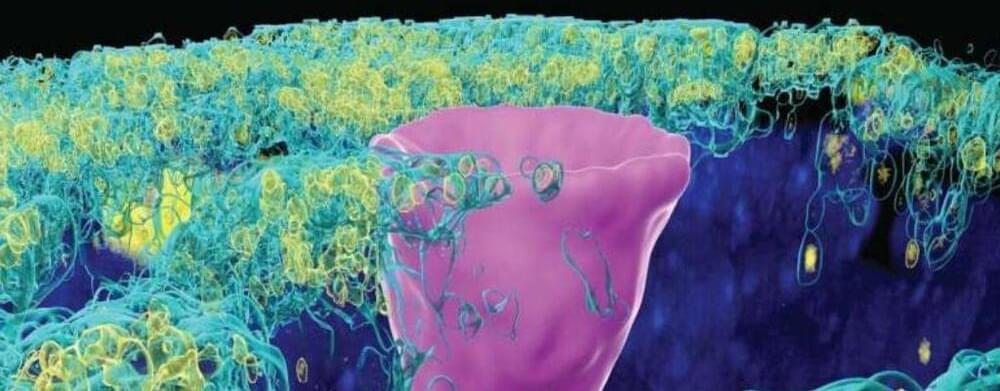
A type of cell once only thought to exist in the gills of freshwater fish and the skin of frogs, but recently found in humans lungs, has given scientists new insight into the underlying cause of cystic fibrosis (CF).
CF is a progressive, genetic disease that impacts the lungs and other organs, sometimes causing severe symptoms that can be life-threatening.
The disease is marked by the absence or mutation of a protein in the lungs called the cystic fibrosis transmembrane conductance regulator (CFTR).
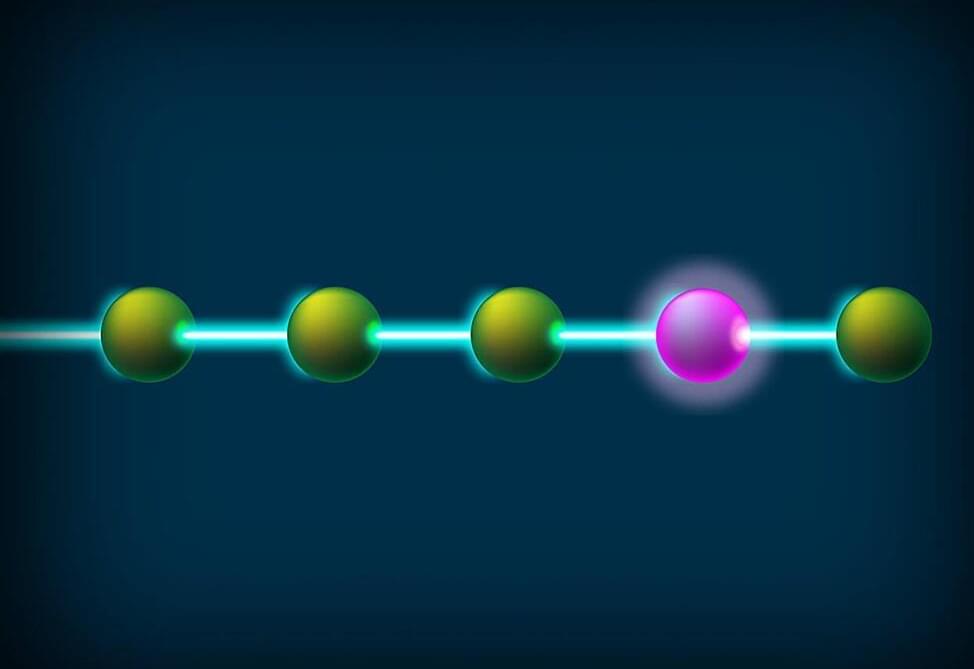
Quantum computers of the future hold promise in solving all sorts of problems. For example, they could lead to more sustainable materials and new medicines, and even crack the hardest problems in fundamental physics. But compared to the classical computers in use today, rudimentary quantum computers are more prone to errors. Wouldn’t it be nice if researchers could just take out a special quantum eraser and get rid of the mistakes?
Reporting in the journal Nature, a group of researchers led by Caltech is among the first to demonstrate a type of quantum eraser. The physicists show that they can pinpoint and correct for mistakes in quantum computing systems known as “erasure” errors.
“It’s normally very hard to detect errors in quantum computers, because just the act of looking for errors causes more to occur,” says Adam Shaw, co-lead author of the new study and a graduate student in the laboratory of Manuel Endres, a professor of physics at Caltech. “But we show that with some careful control, we can precisely locate and erase certain errors without consequence, which is where the name erasure comes from.”
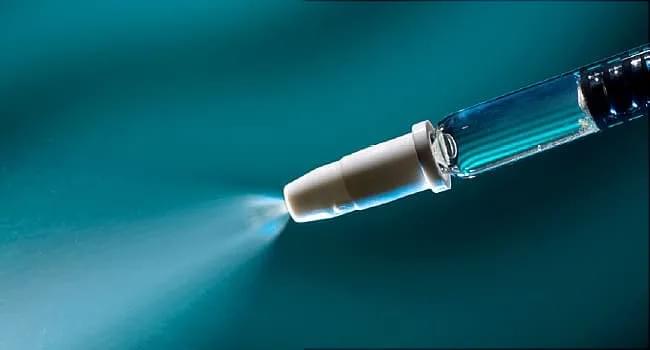
Drug-maker AstraZeneca announced this week that the FDA is currently considering approving the needle-free option for home use. Called FluMist, the vaccine must be refrigerated and would be shipped in insulated packaging to people’s homes.
FluMist has been around for more than two decades and is approved for people ages 2 to 49 years old. It’s fallen in and out of favor over the years, including one period where a CDC advisory panel highlighted FluMist as the preferred flu vaccine for children. Later, its effectiveness was questioned, leading to a reformulation effort, STAT News reported.
AstraZeneca expects the FDA to make a decision on whether to allow home use of FluMist by Spring 2024. The convenience of home administration could increase the number of people who get a flu vaccine, said Ravi Jhaveri, MD, Chief of Infectious Diseases in the Department of Pediatrics at Northwestern University’s Feinberg School of Medicine.
Go to https://brilliant.org/EmergentGarden to get a 30-day free trial + the first 200 people will get 20% off their annual subscription.
Welcome to my meme complication video lolz rolf!!1! if you laugh you lose and you have to start the video over!! or if you blink or utilize any facial muscles! failing to restart or share the video will result in infinite suffering, success will result in infinite bliss.
☻/
/ ▌ copy me.
/ \
My Links.
Patreon: https://www.patreon.com/emergentgarden.
Discord: https://discord.gg/ZsrAAByEnr.
Music: https://youtube.com/@acolyte-compositions.
Sources:
Richard Dawkins ted: https://www.youtube.com/watch?v=mvJVseKdlJA
Orange Justice: https://www.youtube.com/watch?v=i0E10FASz2c.
Starling imitating camera: https://www.youtube.com/watch?v=S4IDaGo6a40
Baby imitating clapping: https://www.youtube.com/watch?v=uq1eZ8VZpSc.
Cinnamon challenge guy: https://www.youtube.com/watch?v=IqmhuYtldd0
Dawkins “It works…bitches”: https://www.youtube.com/watch?v=0OtFSDKrq88
Virus reproduction animation: https://www.youtube.com/watch?v=QHHrph7zDLw.
DNA replication animation: https://www.youtube.com/watch?v=7Hk9jct2ozY
Old bicycle: https://www.youtube.com/watch?v=p–RKyDFIAk.
Charlie bit me: https://www.youtube.com/watch?v=0EqSXDwTq6U
Vsauce fingers: https://www.youtube.com/watch?v=UMwEbsbLw3k.
Unknown Video (do not watch): https://www.youtube.com/watch?v=dQw4w9WgXcQ
The Internette: https://www.youtube.com/watch?v=Y5BZkaWZAAA
Beirut 2020 explosion: https://www.youtube.com/watch?v=LNDhIGR-83w.
Rotating Duck: https://www.youtube.com/watch?v=ggDbDRUauzo.
Free Real Estate: https://www.youtube.com/watch?v=cd4-UnU8lWY
Do I look like I know what a jpeg is: https://www.youtube.com/watch?v=QEzhxP-pdos.
Free Real Estate asmr meme: https://www.youtube.com/watch?v=CCSE6x8T0jc.
Silly red bird: https://www.youtube.com/watch?v=kUJw2eVYznw.
Silly siamangs: https://www.youtube.com/watch?v=-JUhUI_KvUI
Strong vsauce: https://www.youtube.com/shorts/crVjtJyc-r4
Jazz Frog TikTok: https://www.youtube.com/watch?v=0BWiMF8_v6M
Barry Algorithm: https://www.youtube.com/watch?v=ktAbh39aoU8
AI Pizza Ad: https://www.youtube.com/watch?v=qSewd6Iaj6I
Dawkins weird meme song: https://www.youtube.com/watch?v=2tIwYNioDL8
I could not realistically credit everything.
Timestamps.
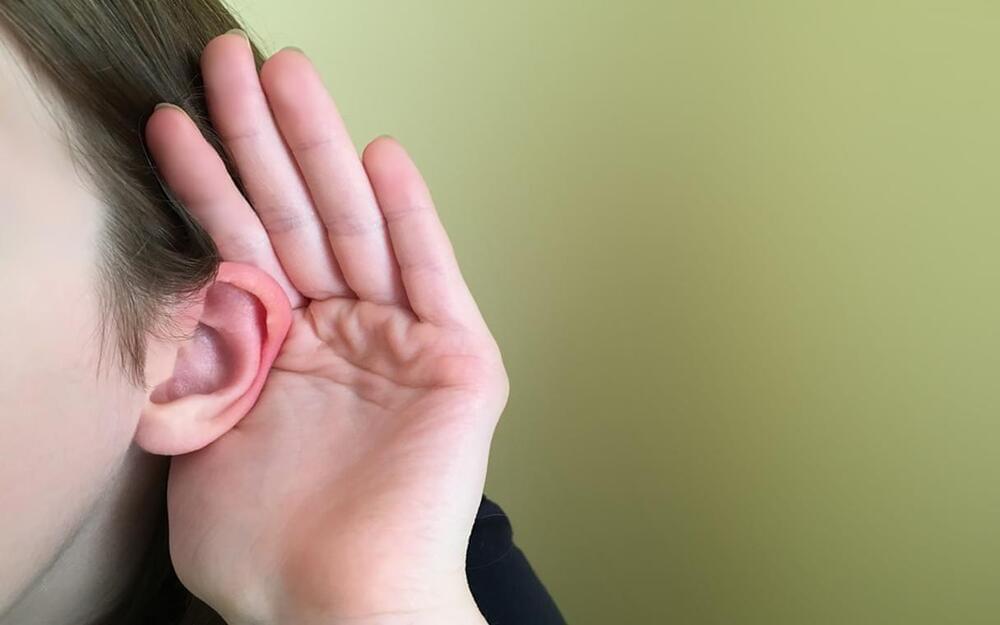

The only cure for painful sickle cell disease today is a bone marrow transplant. But soon there may be a new cure that attacks the disorder at its genetic source.
On Tuesday, advisers to the Food and Drug Administration will review a gene therapy for the inherited blood disorder, which in the U.S. mostly affects Black people. Issues they will consider include whether more research is needed into possible unintended consequences of the treatment.
If approved by the FDA, it would be the first gene therapy on the U.S. market based on CRISPR, the gene editing tool that won its inventors the Nobel Prize in 2020.
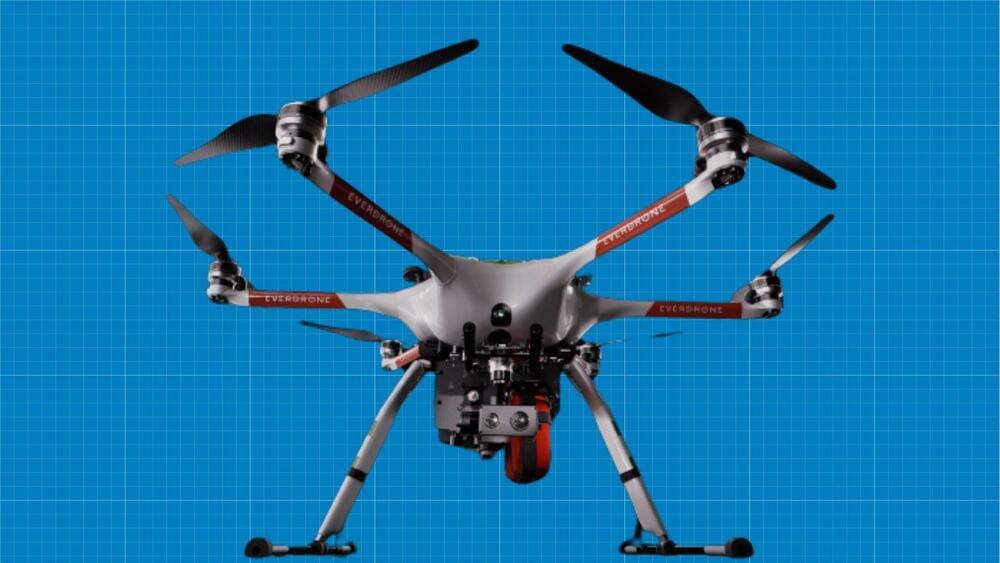
Everdrone’s advanced service promises to reduce the average response time to under 2 minutes.
Aiming to improve emergency response services, Swedish firm Everdrone has introduced a state-of-the-art drone that combines an advanced camera system as well as customizable medical kits.
Christened E2, the multi-purpose drone aims to revolutionize emergency dispatch by providing the ability to transmit live infrared and high-definition video along with emergency medical equipment supplies. Everdrone claims that E2 will help to lower average response times under two minutes.
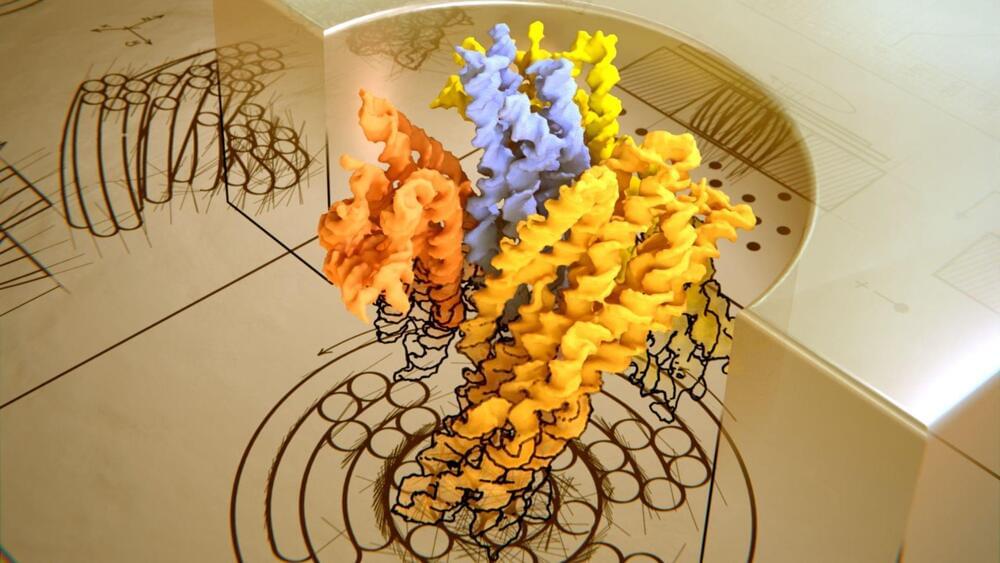
A team of researchers from TU Delft, University of Illinois, and MPI Göttingen has developed a nanoscale turbine made of DNA that can rotate in both directions depending on the salt concentration in the solution. This remarkable feat of nanotechnology could pave the way for new applications in drug delivery, biomimetics, and energy harvesting.
Natural turbines using DNA origami
A turbine is a device that converts the kinetic energy of a fluid into mechanical work. These are ubiquitous in our modern world, from wind farms to jet engines. They are also essential for life, as some biological molecules act as turbines to power cellular functions, such as the ATP synthase that produces energy for cells and the bacterial flagella that propel bacteria.